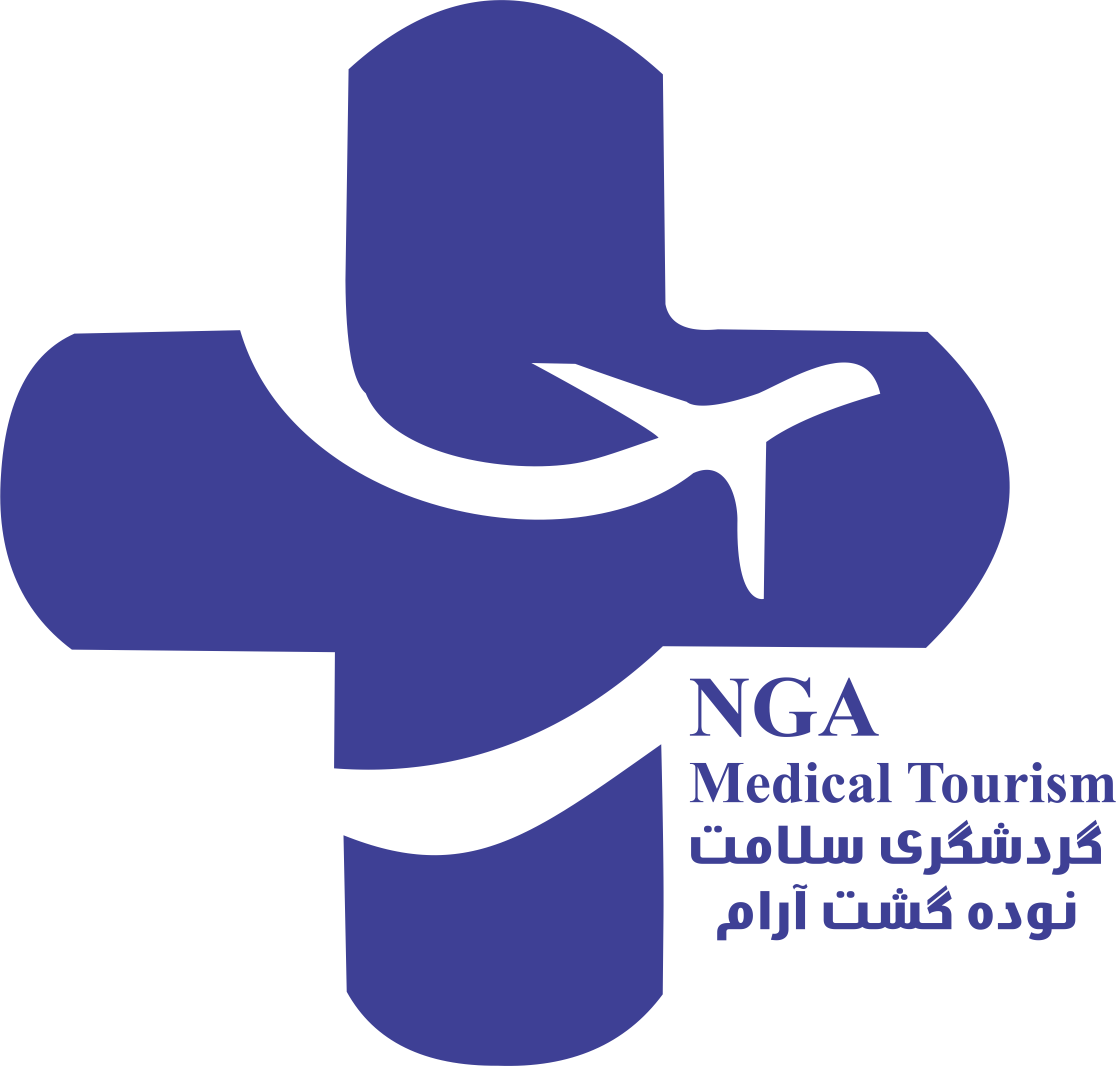All Departments
- Aortic valve stenosis (Aortic stenosis)
- arteriovenous malformations
- Avascular Necrosis
- Best cosmetic dentistry in Iran| Dental Treatment in Iran
- Breast Augmentation in Iran|Breast implant in iran
- Breast Reduction surgery
- Cancer in Iran: oncology in Iran
- Cardiology
- Cataract surgery in Iran
- Cochlear Implant Surgery in Iran
- Cosmetic Laser
- Cosmetic Surgery
- Ear cosmetic surgery
- Eye Care
- Eyelid surgery (Blepharoplasty)
- General Heart Surgery in Iran
- General surgery in Iran
- Glaucoma Treatment In Iran
- Hair Transplant
- Heart valve surgery
- lasik Eye Surgery
- Liposuction
- Non-Surgical Cosmetic procedures in iran
- Organ Transplantation in Iran
- Orthopedic
- Paget disease of bone
- Pediatrics
- Plastic surgery
- Psychiatry
- Radiology
- Rhinoplasty surgery in iran
- Shoulder Replacement Surgery
- SkinCare Treatment
- Spinal cord injury
- urolithiasis procedure in iran
- Urology
- Varicocelectomy
Opening Hours
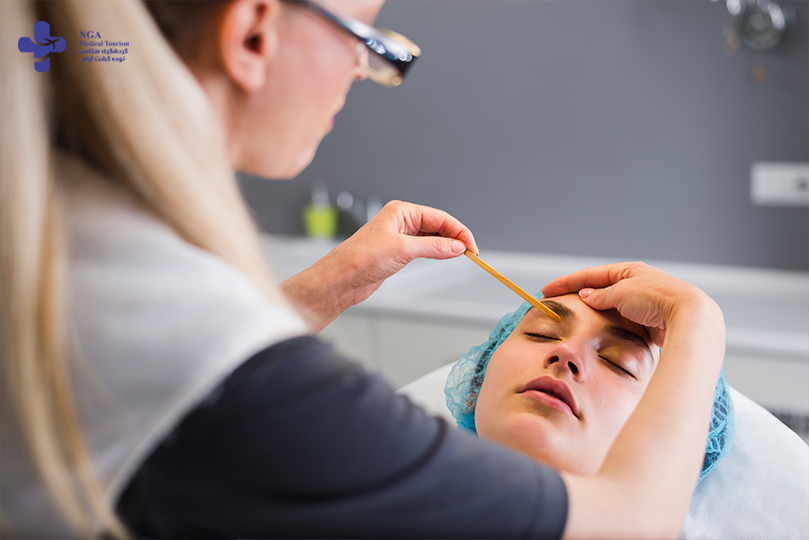
Eyelid surgery (Blepharoplasty)
Eyelid surgery, also known as blepharoplasty, is a surgical procedure that involves removing excess skin, muscle, and fat from the upper and/or lower eyelids. The goal of eyelid surgery is to improve the appearance of the eyes by reducing puffiness, sagging, and wrinkles around the eyes, and to improve vision in cases where sagging upper eyelids interfere with peripheral vision.
The procedure is typically performed on an outpatient basis under local anesthesia with sedation or general anesthesia, depending on the extent of the surgery. The surgeon will make incisions in the natural creases of the eyelids to minimize scarring, and will remove excess skin, muscle, and fat as needed. The incisions are then closed with sutures or surgical glue.
Recovery time for eyelid surgery can vary, but most patients can return to work and normal activities within 7-10 days after surgery. Patients may experience some swelling, bruising, and discomfort during the first few days after surgery, but these symptoms can be managed with pain medication and cold compresses.
Complications of eyelid surgery may include infection, bleeding, scarring, asymmetry, and dry eyes. It is important to choose a qualified and experienced plastic surgeon to perform the procedure and to carefully follow all post-operative instructions to minimize the risk of complications and to achieve the best possible outcome.
double eyelid surgery
hooded eyelid surgery
Double eyelid surgery, also known as blepharoplasty, is a cosmetic procedure that creates a crease in the upper eyelid to make the eyes appear larger and more open. The procedure is popular among individuals of Asian descent who do not naturally have a visible eyelid crease. Recovery time can vary, and potential risks and side effects should be discussed with a qualified and experienced surgeon. It is important to choose a surgeon who has a personalized approach to patient care and a proven track record of success.
How blepharoplasty is done?
eyelid surgery recovery
Blepharoplasty, also known as eyelid surgery, is typically performed on an outpatient basis and usually takes 1-2 hours to complete. The specific surgical technique used will depend on the extent of the surgery and the patient’s individual needs.
Here are the general steps involved in blepharoplasty:
- Anesthesia: The patient is given local anesthesia with sedation or general anesthesia to ensure maximum comfort during the procedure.
- Incisions: The surgeon makes incisions in the natural creases of the upper and/or lower eyelids to minimize scarring. The incisions may also extend into the crow’s feet area for additional tightening.
- Tissue removal: The surgeon removes excess skin, muscle, and fat as needed to achieve the desired results. The amount of tissue removed will depend on the patient’s individual needs.
- Closure: The incisions are closed with sutures or surgical glue. The sutures may be removed after a few days, while the glue will typically fall off on its own.
- Recovery: The patient will be monitored in a recovery area before being discharged with post-operative instructions. Patients should avoid strenuous activities and heavy lifting for several weeks after surgery to allow for proper healing.
Complications of blepharoplasty may include infection, bleeding, scarring, asymmetry, and dry eyes. It is important to choose a qualified and experienced plastic surgeon to perform the procedure and to carefully follow all post-operative instructions to minimize the risk of complications and to achieve the best possible outcome.
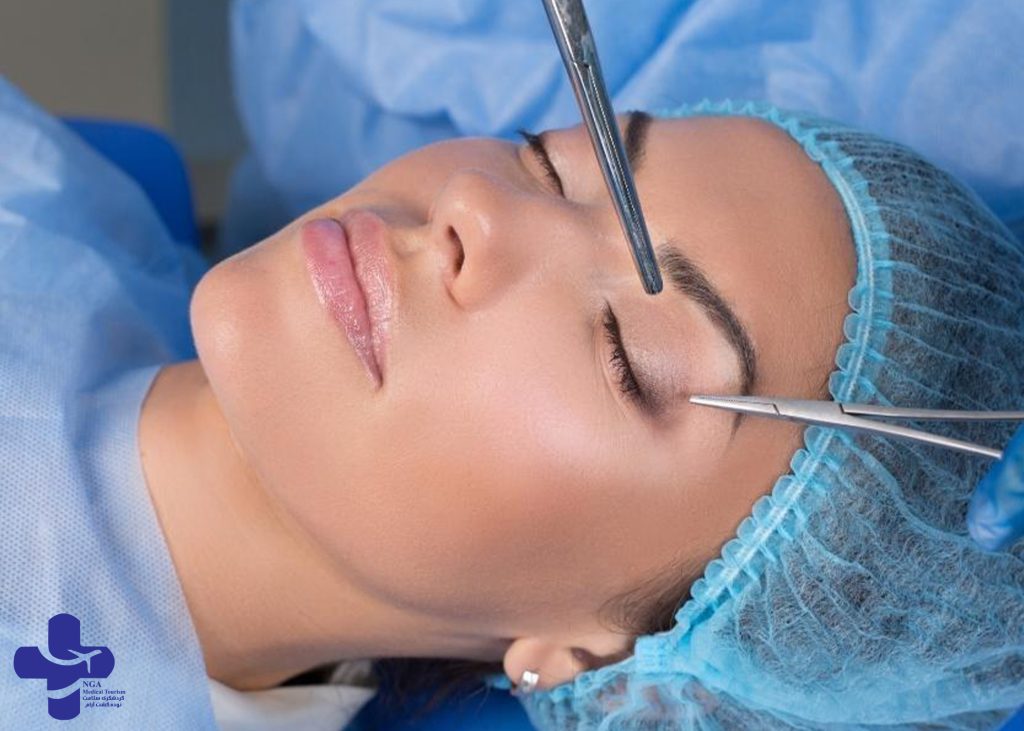
Why eyelid surgery (Blepharoplasty) is done?
Blepharoplasty, or eyelid surgery, is done for both cosmetic and functional reasons. Here are some of the reasons why a patient may choose to undergo blepharoplasty:
- Cosmetic reasons: Blepharoplasty can improve the appearance of the eyes by reducing puffiness, sagging, and wrinkles around the eyes. This can help patients look younger and more alert.
- Functional reasons: Blepharoplasty can improve vision in cases where sagging upper eyelids interfere with peripheral vision. This can be especially beneficial for older patients whose eyelids have become heavy and droopy over time.

- Congenital defects: Some patients are born with congenital defects that affect the eyelids, such as drooping eyelids or excess skin. Blepharoplasty can correct these defects and improve the patient’s appearance and self-esteem.
- Trauma: Patients who have suffered trauma to the eyes or eyelids may require blepharoplasty to repair the damage and restore normal function and appearance.
- Medical conditions: Certain medical conditions, such as Graves’ disease, may cause bulging eyes and excess skin around the eyelids. Blepharoplasty can help improve the appearance of the eyes and correct any functional problems caused by the condition.
It is important to discuss all available options with a qualified plastic surgeon to determine whether blepharoplasty is the right choice for the patient’s individual needs and goals.
eyelid surgery before and after

cost of blepharoplasty in Iran | how much is eyelid surgery
The average cost of cosmetic eyelid surgery is $4,120, according to the most recent statistics from the American Society of Plastic Surgeons. This average cost is only part of the total price – it does not include anesthesia, operating room facilities or other related expenses.
The cost of eyelid surgery in Iran can vary depending on a variety of factors such as the specific procedure, the surgeon’s experience and reputation, the location of the clinic or hospital, and the extent of the surgery needed. However, in general, the cost of eyelid surgery in Iran is typically lower than in many other countries.
According to some sources, the cost of blepharoplasty in Iran can range from around $500 to $2000, with an average cost of around $1000.
eyelid lift without surgery
There are some non-surgical options for improving the appearance of the eyelids, but they may not be as effective as eyelid surgery, also known as blepharoplasty. Non-surgical options for an eyelid lift include:
Botox: Injecting Botox into the muscles around the eyes can help to temporarily reduce the appearance of wrinkles and fine lines, which can give the eyes a more lifted appearance. However, Botox cannot address sagging skin or excess fat on the eyelids.
Dermal fillers: Fillers such as hyaluronic acid can be injected into the hollows under the eyes to reduce the appearance of bags or dark circles. However, fillers cannot address sagging skin or excess fat on the eyelids.
Chemical peels: Chemical peels can help to improve the appearance of fine lines, wrinkles, and dark circles around the eyes by removing the outer layers of damaged skin. However, chemical peels are not recommended for everyone and may not be as effective as surgery for more significant eyelid sagging.
It is important to note that non-surgical options for an eyelid lift are temporary and may require ongoing treatments to maintain the desired results. For more significant eyelid sagging or excess skin, surgery may be the most effective option. A consultation with a qualified and experienced plastic surgeon can help determine the best course of action for achieving your desired results.
photos one week after eyelid surgery
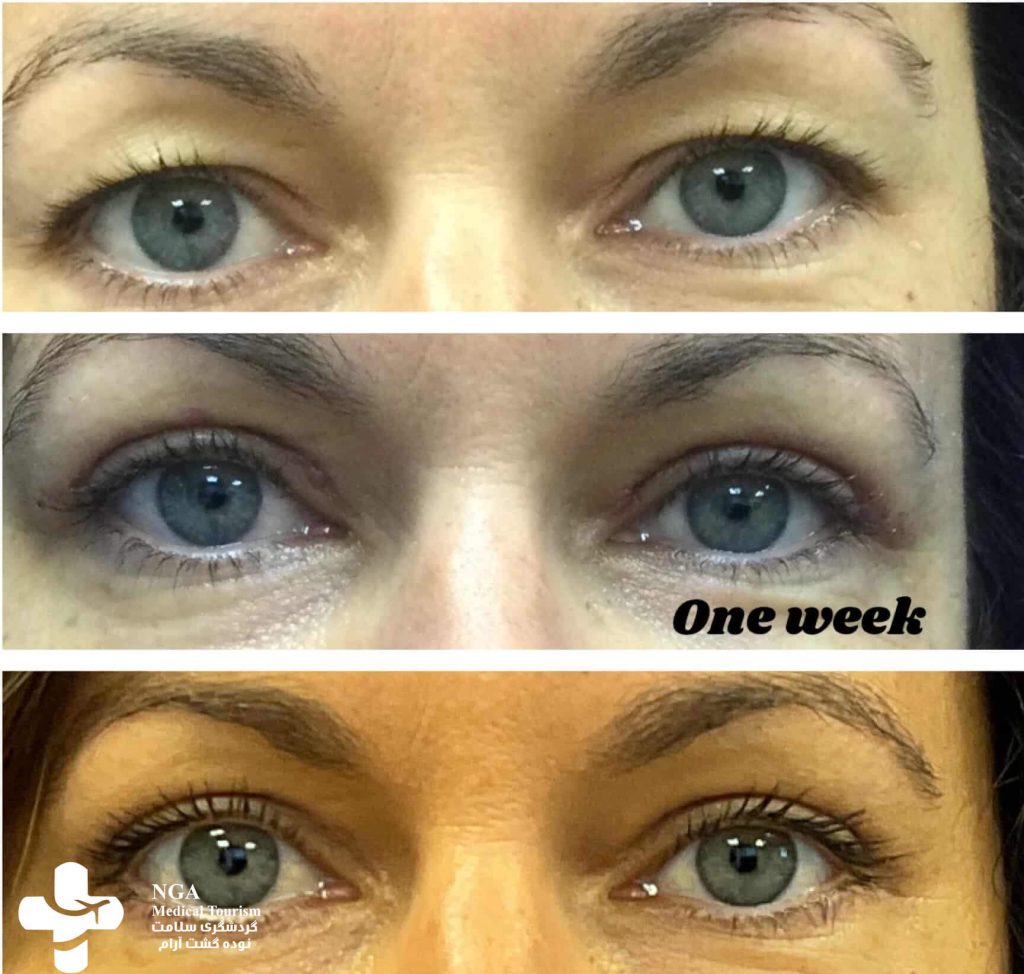
Risks of belpharoplasty
As with any surgical procedure, blepharoplasty (eyelid surgery) carries risks and potential complications. Some of the risks associated with blepharoplasty include:
- Infection: Infection is a potential complication of any surgical procedure, including blepharoplasty. Antibiotics are typically prescribed to reduce the risk of infection.
- Bleeding: Bleeding can occur during or after surgery, and in some cases, it may require additional surgery to stop.
- Scarring: Scarring is a potential side effect of blepharoplasty, and the extent of scarring depends on the specific procedure and the individual’s healing process.
- Dry eyes: Blepharoplasty can cause temporary or permanent dryness of the eyes due to damage to the tear ducts or reduced tear production.
- Vision problems: In rare cases, blepharoplasty can cause vision problems, such as double vision or blurry vision.
- Asymmetry: There is a risk of asymmetry or unevenness in the appearance of the eyelids after surgery.
- Eyelid malposition: Rarely, blepharoplasty can lead to eyelid malposition, which can cause the eyelids to droop or turn outwards.
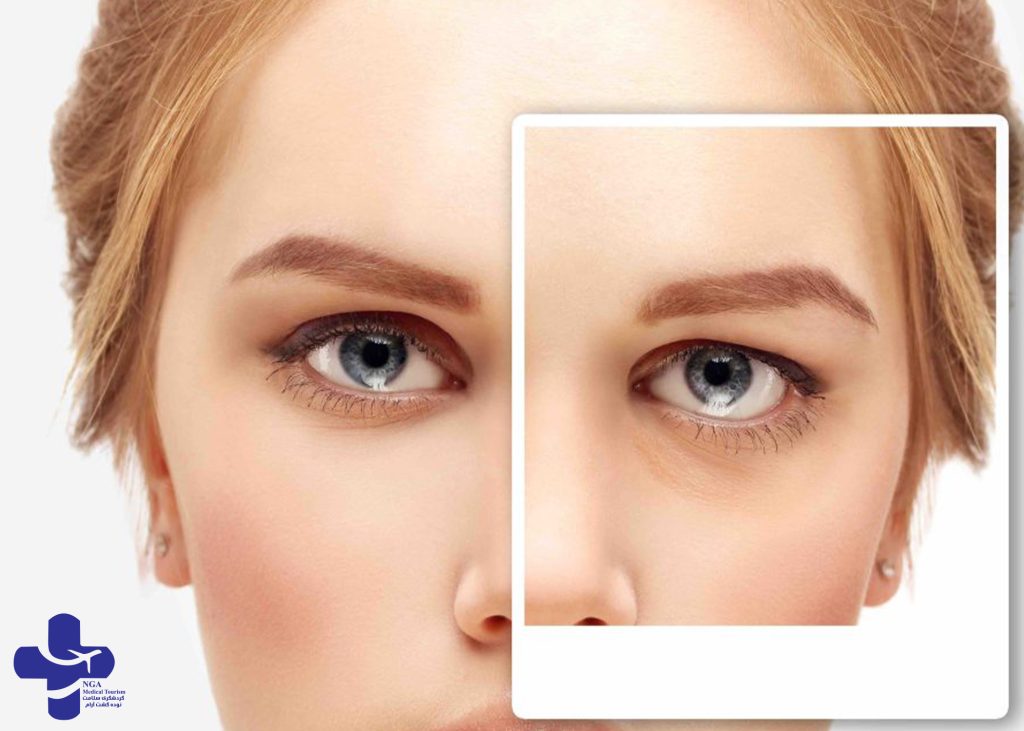
botched upper eyelid surgery
upper eyelid surgery
Botched upper eyelid surgery can occur when the procedure is not performed properly, leading to unsatisfactory or even harmful results. Common issues that can arise from botched upper eyelid surgery include uneven or asymmetrical eyelid creases, excessive scarring, overcorrection or undercorrection, and complications such as eyelid drooping, dry eyes, or difficulty closing the eyes.
droopy eyelid surgery
Droopy eyelid surgery, also known as ptosis surgery, is a procedure that is designed to correct drooping or sagging of the upper eyelids. The condition, known as ptosis, can be caused by a variety of factors, including aging, genetics, and injury.
During the procedure, the surgeon will make an incision in the upper eyelid and reposition the muscles and tissues to lift the eyelid to the appropriate height. In some cases, excess skin may also be removed to achieve a natural-looking result. The incision is typically hidden within the natural folds of the eyelid, and the scar will fade over time.
eyelid lift surgery
Eyelid lift surgery, also known as blepharoplasty, is a cosmetic procedure that is designed to improve the appearance of the eyelids by removing excess skin, fat, and muscle tissue. The procedure can be performed on the upper and/or lower eyelids to address issues such as drooping eyelids, bags under the eyes, and wrinkles around the eyes.
During the procedure, the surgeon will make incisions in the natural folds of the eyelids and remove excess tissue as needed to create a more youthful and refreshed appearance. The incisions are typically hidden within the natural folds of the eyelids, and the scars will fade over time.
The ideal candidate for eyelid surgery is typically an adult who is bothered by the appearance of their eyelids and wishes to improve their overall appearance. You may be a good candidate for the procedure if you have:
- Excess skin or wrinkles on the upper or lower eyelids
- Bags under the eyes
- Drooping or sagging eyelids that impair vision
- Eyelids that appear puffy or tired
how to qualify for eyelid surgery
In general, good candidates for eyelid surgery are individuals who:
- Have excess skin or fat around their eyelids that makes them look tired or older than they are.
- Have droopy or sagging eyelids that impair their vision or make them feel self-conscious.
- Are in good overall health and do not have any medical conditions that could increase the risks of surgery.
- Have realistic expectations about the results of the surgery and are committed to following the surgeon’s post-operative care instructions.
Results of belpharoplasty
The results of blepharoplasty, or eyelid surgery, can vary depending on the individual patient’s needs and goals, as well as the extent of the surgery. However, in general, the results of blepharoplasty can be long-lasting and can improve both the appearance and function of the eyes.
Here are some of the potential results of blepharoplasty:
- Improved appearance: Blepharoplasty can reduce puffiness, sagging, and wrinkles around the eyes, resulting in a more youthful and alert appearance.
- Improved vision: In cases where sagging upper eyelids interfere with peripheral vision, blepharoplasty can improve vision and overall quality of life.
- Increased self-esteem: Patients who undergo blepharoplasty may experience increased self-esteem and confidence, as they feel more comfortable and satisfied with their appearance.
- Natural-looking results: When performed by a qualified and experienced plastic surgeon, blepharoplasty can achieve natural-looking results that enhance the patient’s natural features without looking overly “done.”
It is important to have realistic expectations for the results of blepharoplasty, and to understand that the final outcome will depend on the individual patient’s anatomy and healing process.
After surgery you might temporarily have:
After blepharoplasty (eyelid surgery), patients may experience some temporary side effects as part of the normal healing process. Some of these side effects may include:
- Swelling: Swelling around the eyes is normal after blepharoplasty and may last for several days or even weeks.
- Bruising: Bruising around the eyes is also normal after blepharoplasty and may take several days to resolve.
- Discomfort: Patients may experience some discomfort or pain around the eyes after surgery. Pain medication can be prescribed to manage this discomfort.
- Dry eyes: Blepharoplasty can cause temporary or permanent dryness of the eyes due to damage to the tear ducts or reduced tear production.
- Blurred vision: Blurred vision is a common side effect of blepharoplasty, but it typically resolves within a few days after surgery.
- Sensitivity to light: Some patients may experience sensitivity to light after blepharoplasty, but this usually resolves within a few days.
- Tightness: Patients may experience a sensation of tightness or pulling around the eyes after surgery, but this typically resolves as swelling and bruising subside.

Conclusion
Eyelid surgery, or blepharoplasty, is a surgical procedure that can improve the appearance of the eyelids and rejuvenate the area around the eyes. It can address issues such as sagging or drooping eyelids, puffiness, and under-eye bags. The procedure can be performed on both the upper and lower eyelids and can help improve vision in some cases.
The cost of eyelid surgery can vary depending on a variety of factors, including the specific procedure, the surgeon’s experience and reputation, the location of the clinic or hospital, and the extent of the surgery needed. In general, the cost of eyelid surgery in Iran is typically lower than in many other countries.
However, it’s important to prioritize finding a qualified and experienced surgeon over cost. It’s also recommended to research and compare multiple clinics and surgeons to find the best fit for your specific needs and budget. As with any surgical procedure, there are risks involved, and it’s important to discuss these with your surgeon and make an informed decision.
Frequently asked questions about blepharoplasty
Blepharoplasty can restore your youthful visage by enhancing your upper eyelids, lower eyelids, or both. Depending on the scope of the procedure, your results can last between five years and a lifetime.
Generally, an upper lid blepharoplasty is a non painful procedure that patients can usually have performed, and enjoy a minimal amount of post-operative pain medicine, because the procedure is very mild. It’s almost like a skin excision, and the eyelid itself is not particularly painful.
What Is the Ideal Age for Blepharoplasty? Droopy eyelids appear when you get beyond 30. This is the ideal age for blepharoplasty, though younger people can also go through it. However, most plastic surgeons recommend one to be at least 18 to undergo the procedure.
Slight Changes May Occur
For patients with hooded eyelids, a blepharoplasty can create a smoother surface area on their eyelids, which can slightly change the appearance of the eyes and make them appear less sunken.
All blepharoplasty procedures involve incisions into the skin around the eyes. This means that a scar will be left where the incision has been made. However, visible scarring should be virtually non-existent.

Breast augmentation
Breast augmentation is a surgical procedure to improve the size and shape of a woman’s breast. This is done by inserting full plants…

Revision weight loss surgery
Revision weight loss surgery, also known as bariatric revision surgery, is a type of surgical procedure that is performed on patients who have previously undergone weight loss surgery

Rhinoplasty revision
Revised rhinoplasty, also known as secondary rhinoplasty, is a surgical procedure performed…

Rhinoplasty in Iran
Nasal plastic surgery, also known as “nose job”, is a surgical procedure that involves changing the shape or size of the nose.

Liposuction
Liposuction is a surgical procedure aimed at removing unwanted fat from certain areas of the body, such as the abdomen and buttocks.
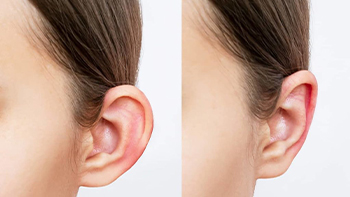
Ear surgery
Ear surgery, also known as ear surgery, is a cosmetic surgery procedure determined to improve the appearance of the ears.

Brazilian butt lift (BBL)
Brazilian butt lift (BBL) is a cosmetic surgery procedure that involves the transfer of fat from one area of the body, such as the abdomen.

Breast removal
Breast lift, also known as breast fixation, is a surgical procedure to remove and reshape the sagging breast.

Beautification of the lips
Labiaplasty is a surgical procedure that involves reducing the size and/or changing the shape of the labia minora.
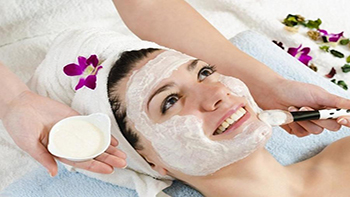
Skin care
Skin care includes cleansing and exfoliation and the use of creams and medical products…
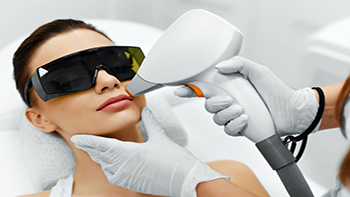
Laser beauty
Employing laser to treat wrinkles, fine lines, scars, acne, pimples, moles, freckles, and unnatural growth of hair…
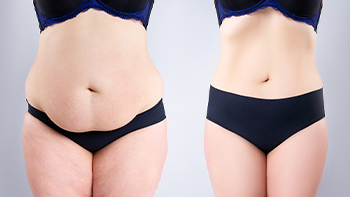
Tummy tuck
Tummy tuck, also known as tummy tuck, is a cosmetic surgery procedure determined to improve the appearance of the abdomen by removing…

